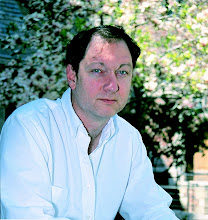Media and Terrorism: Good for each other?
It's a macabre example of win-win in what economists call a "common-interest game," say Bruno S. Frey of the University of Zurich and Dominic Rohner of Cambridge University.
"Both the media and terrorists benefit from terrorist incidents," their study contends. Terrorists get free publicity for themselves and their cause. The media, meanwhile, make money "as reports of terror attacks increase newspaper sales and the number of television viewers."
The researchers counted direct references to terrorism between 1998 and 2005 in the New York Times and Neue Zuercher Zeitung, a respected Swiss newspaper. They also collected data on terrorist attacks around the world during that period. Using a statistical procedure called the Granger Causality Test, they attempted to determine whether more coverage directly led to more attacks.
The results, they said, were unequivocal: Coverage caused more attacks, and attacks caused more coverage -- a mutually beneficial spiral of death that they say has increased because of a heightened interest in terrorism since Sept. 11, 2001. . . . .







0 Comments:
Post a Comment
Links to this post:
Create a Link
<< Home